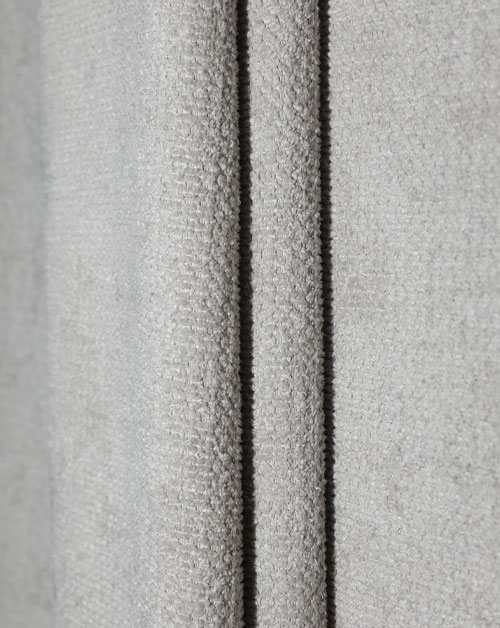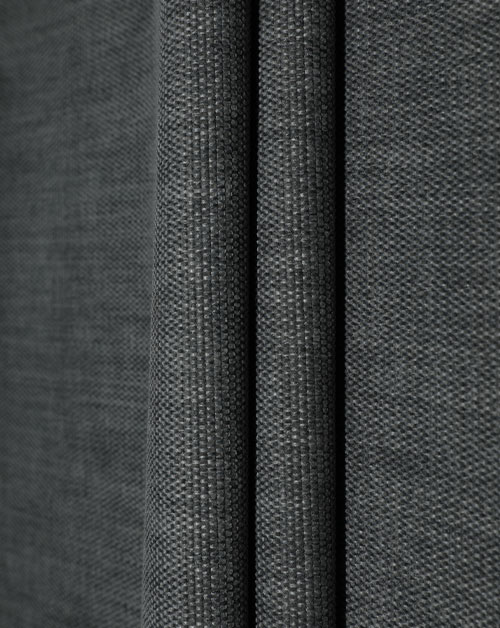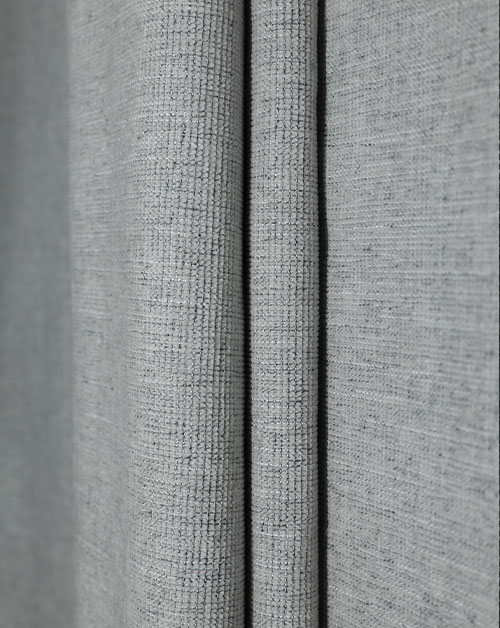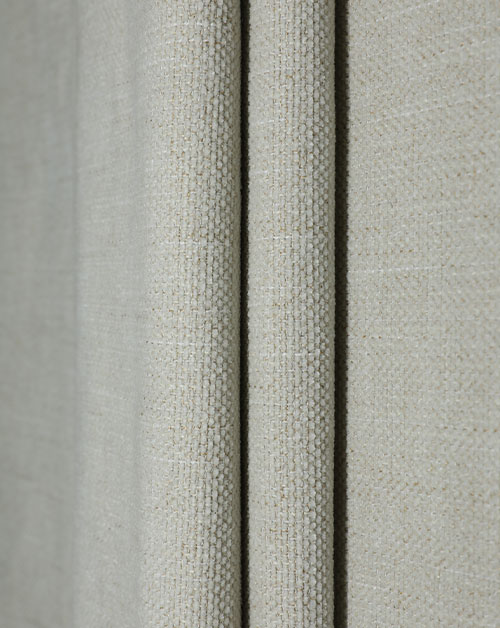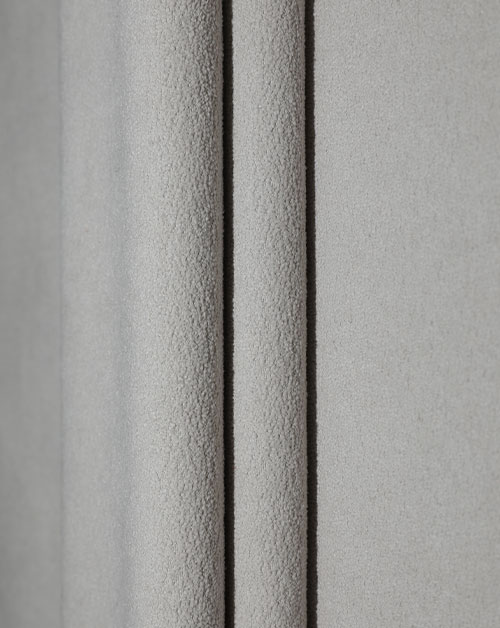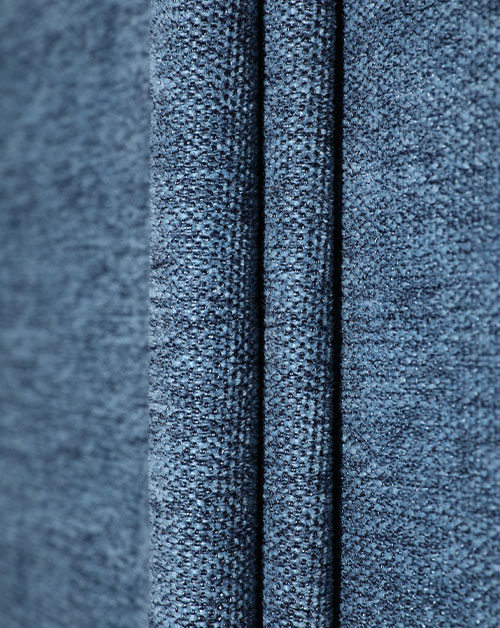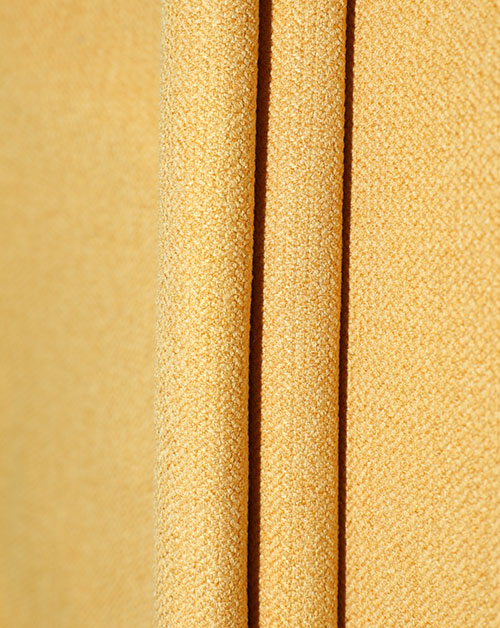Curtain fabric has always been an indispensable component in home soft furnishing design. It's more than just a functional fabric; it's a medium that embodies the aesthetics of a space and enhances quality of life. As modern people's expectations for their living environments continue to rise, the design and selection of curtain fabrics are becoming increasingly refined and diversified. The textile processes, material innovations, and market trends behind these processes are profoundly influencing the development of the entire home decor industry.
Basic Functions and Characteristics of Curtain Fabric
In terms of functionality, curtain fabric meets basic requirements such as light blocking, heat insulation, and privacy protection. Different fiber materials and weaving techniques directly affect the light transmittance and durability of curtains. For example, heavy fabrics effectively block external light and noise, creating a quiet and comfortable living environment; while light, soft gauze fabrics enhance the sense of transparency, adding a sense of depth and vitality to a room.
In addition, curtain fabrics must meet certain environmental and comfort requirements. With the growing popularity of green living concepts, curtain fabric designs are increasingly emphasizing the use of environmentally friendly fibers and low-pollution dyeing processes to meet consumers' pursuit of a healthy living environment.

Curtain Fabric Material Classification and Process Innovation
Curtain fabrics can be categorized by material type: natural fibers, chemical fibers, and blends. Natural fibers such as cotton, linen, and silk, due to their natural texture and breathability, are often used in spaces that emphasize comfort and a natural atmosphere. Chemical fibers such as polyester dominate the market due to their wear resistance, stability, and cost advantages. Blended fabrics combine the advantages of multiple fibers, ensuring both practicality and decorative effects.
In terms of craftsmanship, the development of curtain fabrics demonstrates significant technological advancements. From traditional plain weave and jacquard weaves to today's digital printing and functional coating technologies, the expressiveness of fabrics is becoming increasingly enhanced. Digital printing technology enables high-definition patterns and colorful effects, providing greater creative possibilities for interior decoration. Functional coatings can impart curtains with properties such as waterproofing, UV protection, and fire retardancy, meeting the diverse application needs of modern homes.
The Aesthetic Value of Curtain Fabric in Interior Design
Curtains are more than just practical coverings; they are also a crucial element in the aesthetics of a space. Curtain fabric's color, texture, drape, and matching style directly influence the atmosphere and style of a home. Warm colors create a comfortable and inviting home ambiance, while cool tones suit a minimalist, modern style. Thick fabrics emphasize stability and solemnity, while light, soft sheers convey romance and elegance.
Curtain fabrics often serve as the finishing touch in a space's soft furnishings. By coordinating curtain fabric with wall coverings, furniture, carpets, and other elements, designers can create a unique sense of visual layering and overall integration, adding a sense of artistic harmony to the space.
Curtain Fabric Market Demand and Development Trends
With the upgrading of consumption and the diversification of aesthetic tastes, the curtain fabric market is showing the following notable trends:
The rise of personalized customization. More and more consumers are choosing custom curtains to suit their unique lifestyles and aesthetic preferences, driving fabric companies to diversify their pattern designs and craftsmanship. Increased demand for functionality. Beyond traditional light-blocking and aesthetics, people are increasingly interested in functional properties like UV protection, sound insulation, and antibacterial properties, making curtain fabrics a crucial component of a healthy home. With the growing popularity of environmentally friendly and sustainable development concepts, curtain fabric production is gradually incorporating recyclable fibers and eco-friendly dyeing and finishing processes, aligning with market trends and the long-term direction of green living.

As an indispensable element in modern home furnishings, curtain fabric is evolving from a single function to a diversified, personalized, and high-end offering. It not only fulfills the basic functions of light-blocking and heat-insulating, but also conveys the beauty and quality of a space through its materials, craftsmanship, and design. As people's expectations for their living environments continue to rise, the market potential of curtain fabric will continue to be unleashed, and future development will undoubtedly place greater emphasis on environmental protection, individuality, and internationalization.

 English
English 中文简体
中文简体 русский
русский عربى
عربى